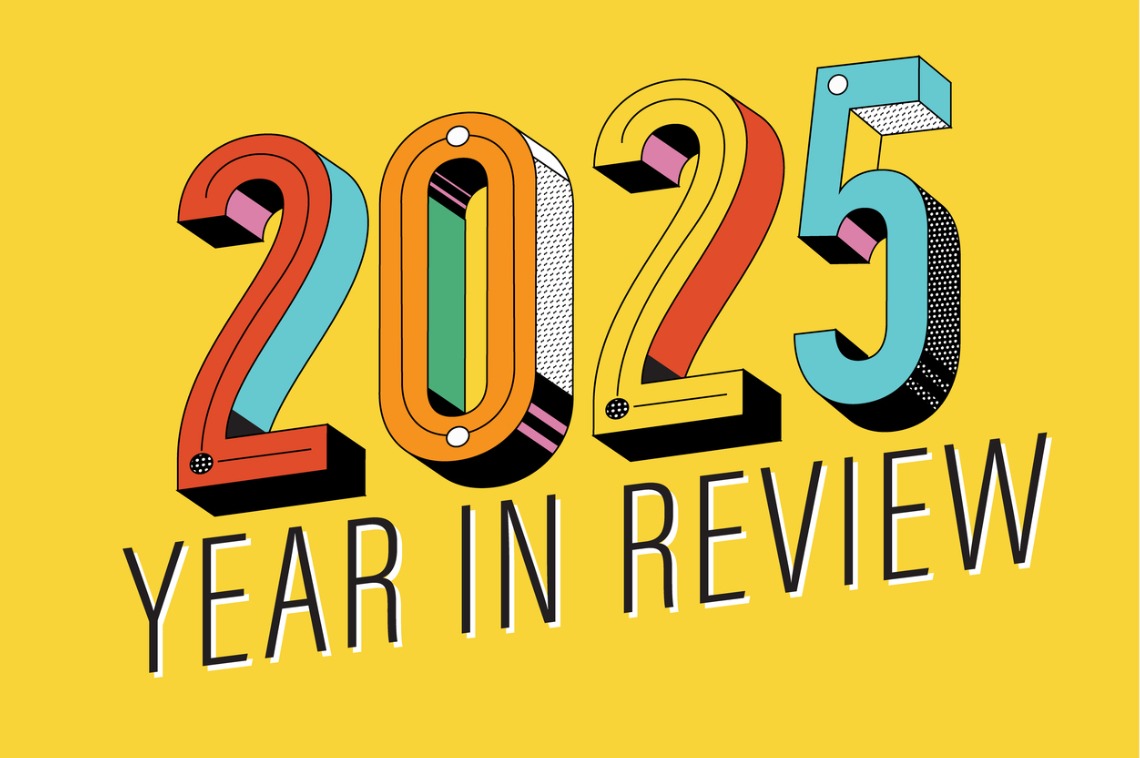*
*Key Takeaways**
- U.S. homeowners insurance premiums rose 40.4 % from 2019 to 2024, with the steepest gains in the last two years.
- In high‑risk climate zones, the increase is even steeper; insurers are withdrawing, leaving many buyers with limited coverage options.
- The surge in costs is reshaping where people buy homes, how they move, and how real‑estate professionals advise clients.
---
### Climate‑Driven Insurance Costs
Severe weather events are becoming more frequent and intense. In 2024, the country recorded 27 climate‑related disasters that each caused over $1 billion in damage—twice the long‑term average. These events force insurers to raise rates, cut coverage, or exit markets altogether.
A LendingTree study, using S&P Global RateWatch data, shows the average standard policy cost climbed from $1,990 in 2019 to $2,801 in 2024. Mortgage lenders, which require insurance for every loan, are passing this burden on to homeowners. In 2023, those living in high‑risk areas paid roughly $500 more annually than those in lower‑risk regions, a gap that widened from $300 in 2018.
Despite the clear financial impact, climate concerns were cited by less than 1 % of Americans as a reason for moving in 2022. However, a 2025 Realtor.com survey found that 33.7 % of buyers had to change their search area because of insurance issues, and 44 % plan to factor disaster risk into future decisions.
---
### Why Insurers Pull Out
Insurers now incorporate climate risk into underwriting models. When the cost of potential payouts outweighs premiums, they may:
- Raise rates sharply
- Add exclusions or limit coverage
- Stop writing new policies
When a market becomes unprofitable, insurers exit, and state‑run “insurers of last resort” step in. These programs offer lower coverage and higher premiums, leaving homeowners more exposed.
---
### Case Studies
| City | Risk Score | Premium Trend | Last‑Resort Impact |
|------|------------|---------------|--------------------|
| **Miami‑Dade, FL** | 99/100 | 47 % rise (2019‑24); Miami 322 %, Jacksonville 226 %, Tampa 213 % | Citizens Property Insurance Company policies up 42.6 % (Jul 2020‑Jul 2025); 40.8 % overall increase |
| **Harris County, TX** | 99/100 | 43 % rise (2015‑23); Houston area 60 % | Progressive halted renewals post‑Beryl (2024); Texas FAIR Plan policies up 110 % (Q1 2025 vs Q1 2020) |
| **Los Angeles County, CA** | 100/100 | 21 % projected rise (2025); average premium ~ $3,000 | State Farm stopped new policies (2023); FAIR Plan exposure up 289 % (Sep 2021‑Jun 2025) |
These spikes have led to higher outflows of residents: Miami ranked fifth in 2024 for net population loss, and Houston’s net in‑migration fell 46 % from 2023 to 2024.
---
### Market Implications
- **Home Prices & Demand**: Rising insurance costs can depress property values, especially in high‑risk zones. Sellers may need to offer concessions or lower prices to attract buyers.
- **Buyer Behavior**: First‑time buyers, already stretched by mortgages, are most vulnerable. They may abandon markets with high insurance costs, shrinking the buyer pool.
- **Migration Patterns**: As insurance becomes unaffordable, people may relocate to lower‑risk areas, altering regional demographics.
---
### Policy and Regulatory Responses
- **Transparency & Caps**: Some states have enacted laws limiting rate hikes and requiring insurers to disclose pricing criteria.
- **Preventive Incentives**:
- Alabama grants and discounts for wind‑resistant upgrades.
- Louisiana mandates elevated foundations in flood zones.
- California’s building code requires fire‑resistant materials and vegetation management.
- **Legal Action**: Consumer groups are suing insurers to force rate rollbacks and demonstrate the burden on households.
---
### Role of Real‑Estate Professionals
1. **Risk Awareness**: Highlight climate‑risk hotspots and how they affect long‑term property values.
2. **Insurance Insight**: Explain coverage gaps, last‑resort plans, and potential premium escalations.
3. **Resilience Features**: Identify homes with fire‑resistant construction, elevated foundations, or other mitigations.
4. **Budget Planning**: Advise buyers on costs for retrofits or upgrades that could lower future premiums.
5. **Service to Sellers**: Recommend fortification upgrades that enhance market appeal and reduce insurance costs.
6. **Community Context**: Discuss proximity to emergency services, evacuation routes, and local mitigation programs.
By integrating climate risk into every transaction, agents can help clients make informed decisions that balance cost, safety, and long‑term value.
---
### Bottom Line
The intersection of climate change and homeowners insurance is reshaping the U.S. real‑estate landscape. Premiums have surged, insurers are retreating from high‑risk markets, and buyers are forced to reconsider where they live. Policymakers, insurers, and real‑estate professionals must collaborate to promote transparency, encourage resilience upgrades, and ensure that homeowners can secure affordable, reliable coverage while protecting their investments.














